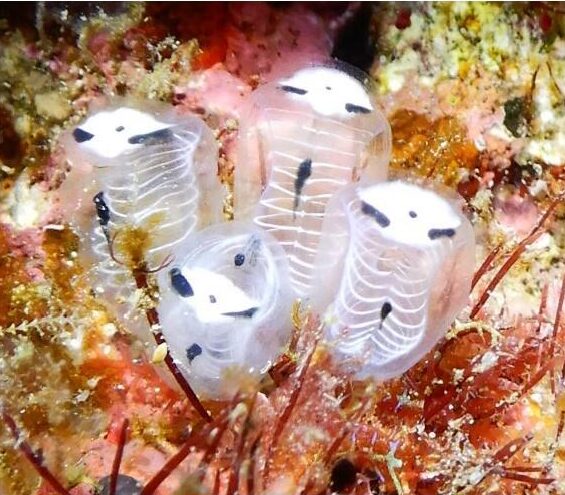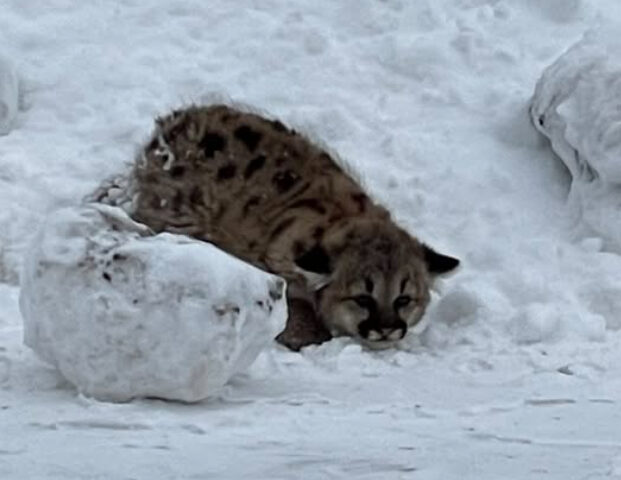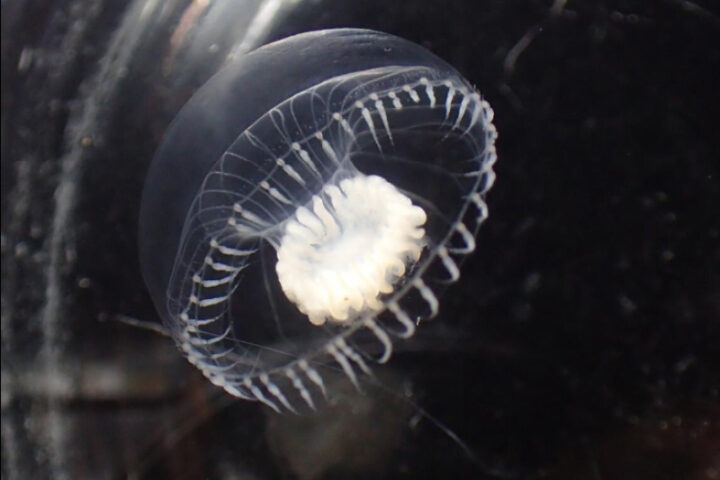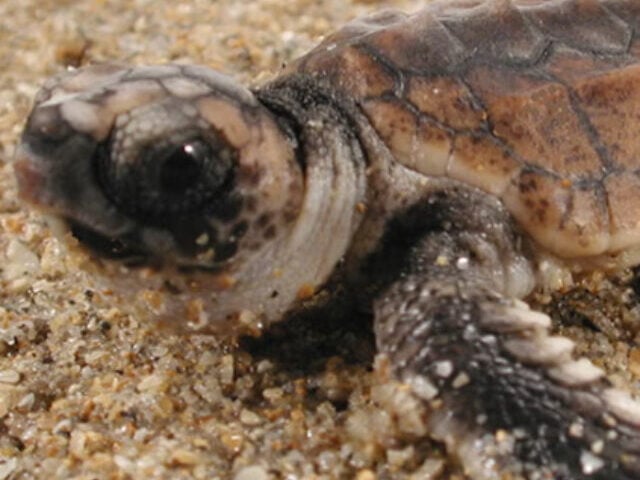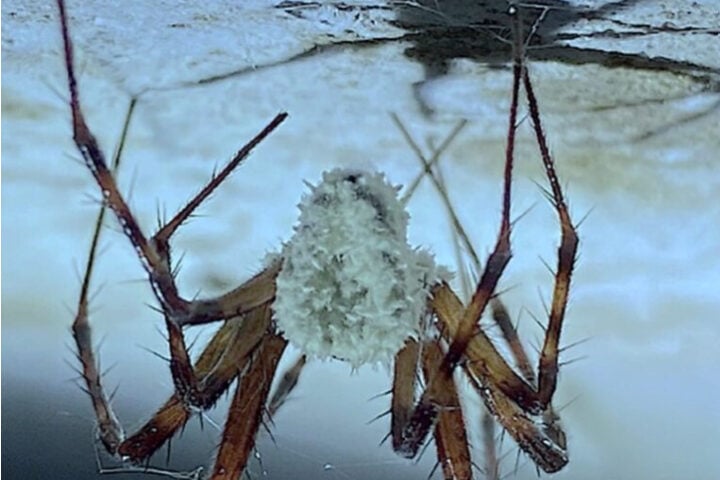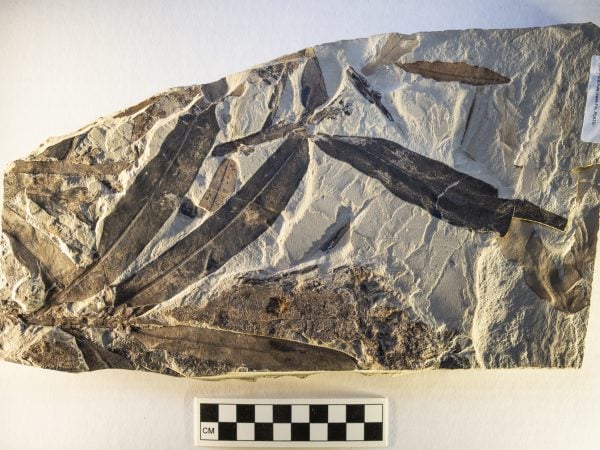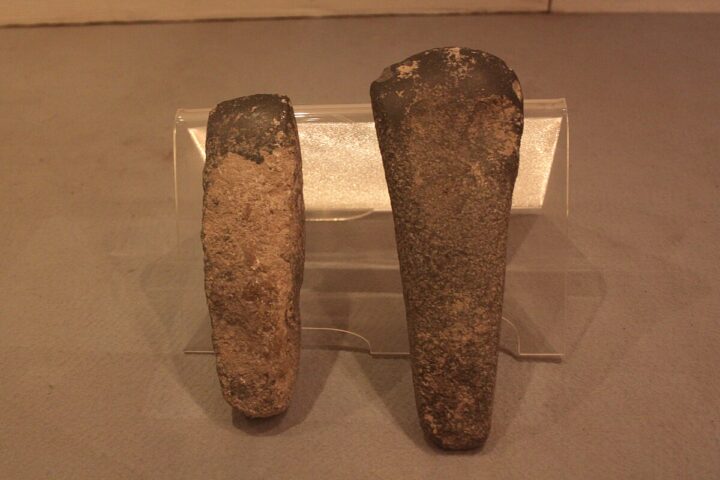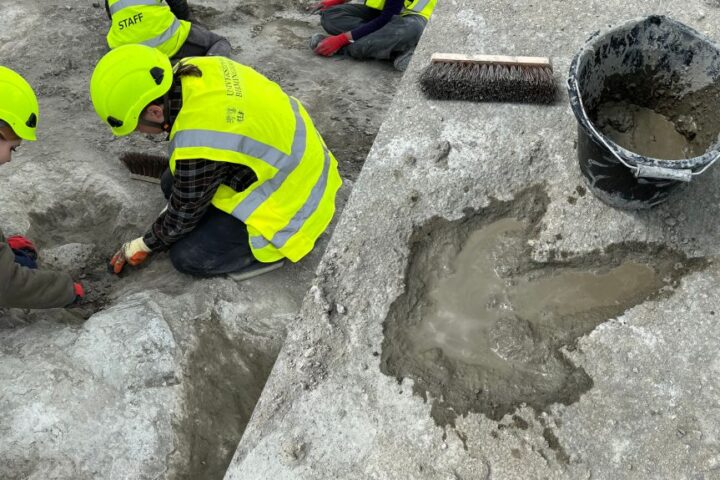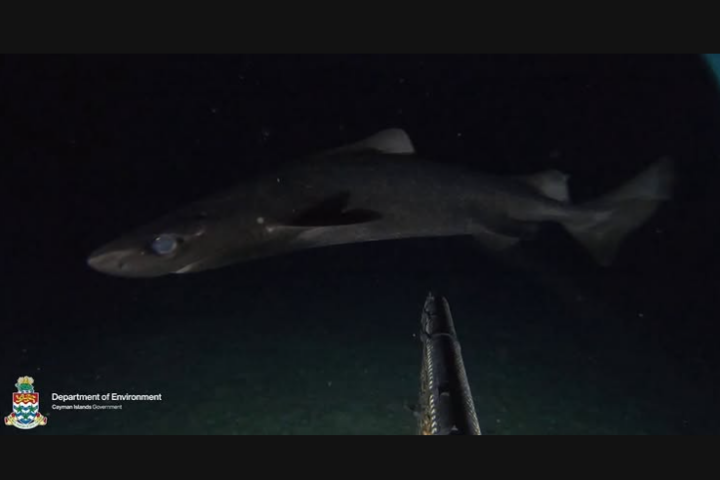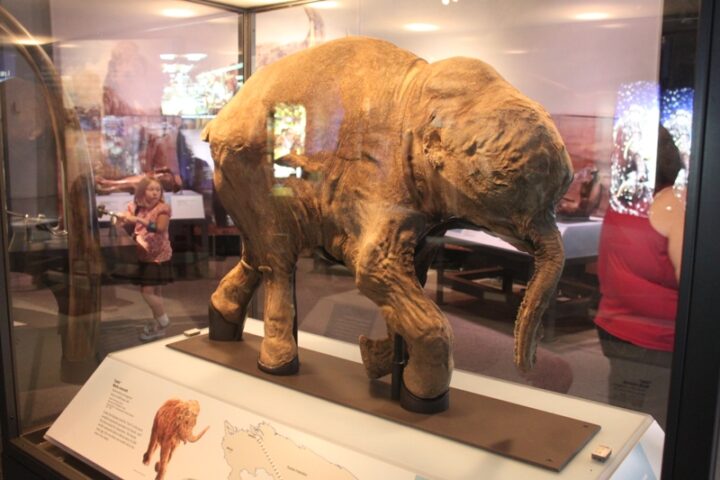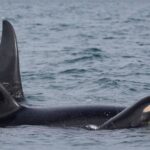A new species of sea squirt, recently discovered off the coast of Kumejima in Okinawa Prefecture, has been creating a buzz on social media due to its peculiar appearance. Dubbed the “Skeleton Panda Squirt” by divers, this species is characterized by its panda-like facial pattern and its translucent body, through which white blood vessels are visible, resembling ribs. This discovery was formally recognized in a study conducted by Hokkaido University, with the findings published in the International English Journal of the Society for the Systematics of Zoology.
The official name for the sea squirt, which has been featured in the media as the Skeleton Panda Squirt,” has been decided. Based on morphological and DNA information, the skeleton panda squirt has been described as a new species, Clavelina ossipandae. The spread of information through social media served as a catalyst for the discovery of this new species.
The research was initiated by Naohiro Hasegawa, a 28-year-old graduate student, after he encountered a photograph of the creature on X. Intrigued, Mr. Hasegawa ventured to the waters off Kumejima to collect samples of the Skeleton Panda Squirts. Through dissection, the team examined the creature’s physical structure, conducted genetic analyses, and compared its characteristics with those of known sea squirts. Their efforts led to the classification of the sea squirt within the genus Tsuboya, marking it as a previously unidentified species.
Naohiro, a third-year doctoral student in the Graduate School of Science at Hokkaido University, discovered that the Skeleton Panda Squirt is a new species of sea squirt. In a co-authored paper with Professor Hiroshi Tachihara of the Graduate School of Science at Hokkaido University, he proposed the scientific name Clavelina ossipandae for the species.
Similar Posts
Sea squirts belong to the subphylum Tunicata within the phylum Chordata, with about 3,000 species known worldwide and approximately 300 species found in Japan. While surveys of sea squirt diversity are well-developed along the coasts of Honshu in Japan, there are many untouched areas, such as the Southwest Islands.
The Skeleton Panda Squirt, known to inhabit Kumejima Island in Okinawa Prefecture, is named for its black and white pattern resembling a giant panda at the front end of its body, and the white blood vessels running through its gills reminiscent of a skeleton’s ribs. Since its unique appearance was introduced on the internet around 2017, it has become popular, being featured on television programs several times. However, the true nature of the Skeleton Panda Squirt remained unknown.
In this study, successful collection of the Skeleton Panda Squirt was achieved through SCUBA diving surveys around the waters of Kumejima Island, Okinawa Prefecture. The results of dissection and phylogenetic analysis revealed that the Skeleton Panda Squirt belongs to an unknown species within the genus Tsuboya. The new scientific name combines the Latin words ossis, meaning “of bone,” and pandae, meaning “of panda,” to reflect the characteristics of the Skeleton Panda Squirt.
